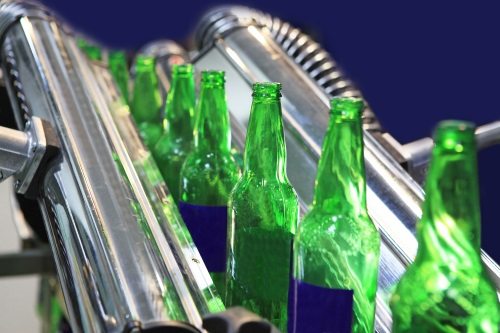With rising health awareness and concern about binge drinking driving sales of low and non-ABV beers among consumers, it seems counter-intuitive that innovation in strongly alcoholic beers should be rising.
However, a Mintel research has found that 23% of beers launched globally in 2014 and 25% in 2013 had an alcohol by volume (ABV) of 6.5% or higher, up from 15% of beers launched in 2012.
Between 2011 and 2014, the number of beers launched globally with an ABV of 6.5% or over rose by 280%, with the number launched in North America growing by 319%, in Europe by 307%, in Latin America by 260% and in Asia Pacific by 46%.
Around the world between 2011 and 2014, North America saw the most beer launches with an ABV higher than 6.5%, with 46% of launches happening in this region, closely followed by Europe which hosted 40% of launches.
“More global beer drinkers now view high ABV as a key quality indicator, inspired by the success of craft beer in the US – and increasingly globally over the past two years,” says global drinks analyst Jonny Forsyth.
“While in certain countries, drinking strong beer has long been the cultural norm, they were previously the exception rather than the rule.”
“The craft beer phenomenon has made high strength beer acceptable for consumers. And not just acceptable, but trendy and sophisticated,” he says.
“For example, in the highly influential US craft beer scene, the most popular style is the hop-heavy IPA which regularly uses a high ABV to ensure its flavor has extra bite.”
“Imperial stouts and porters have also emerged as a popular craft beer style in the US and are usually hovering at around 10% ABV.”
US, Europe drinkers like the taste of strong beer
About 37% US beer drinkers have tried beer with higher alcohol content and would try it again, while a further 29% have not tried it, but would be interested in doing so.
In Europe too, 43% of Polish consumers who purchase beer say they prefer beer with an ABV of 5% or more, as do 41% in Italy, 39% in France, 33% in Spain and 31% in Germany.
Across Europe, beer-drinkers aged 18-24 are especially likely to prefer strong ABV beers.
Almost half (48%) of Italian consumers aged 18-24 who purchase beer say they prefer beer with an ABV of 5% of more, as well as 46% of this age group in Poland, 45% in France, 38% in Spain and 36% in Germany.
In the UK, Mintel’s research shows consumers associate a higher ABV with a higher quality beer – hence the industry labelling of stronger beer brands as ‘premium’.
About 44% of UK consumers who drink beer say they associate a higher percentage alcohol content with premium beer, with 10% listing this as the most important factor.
“This is particularly interesting in light of the recent government initiative which has seen major brewers voluntarily shed alcohol units from popular UK beer brands such as Stella Artois,” says Forsyth.
“This has helped reduce the number of UK alcohol units across the country. Stronger craft beer has merely made beer more like wine, a lower volume drink to be sipped and savored rather than gulped.”
“However, while craft beer drinkers are likely to drink a lesser quantity of beer, the beverage remains primarily about refreshment and volume, particularly in the summer months.”
Despite the rise in product launches of higher-ABV beer and the popularity of beer strength as a purchase cue, the proportion of consumers preferring stronger beer has declined over the past two years in a number of markets.
Between 2013 and 2015, there has been a four percentage point drop in the proportion of French consumers preferring beer with an ABV of over 5%, whilst there has been a six percentage point drop in Spain and an eight percentage point drop in Poland.
There has been a particular decline amongst 18 to 24 year old beer drinkers, with a 10 percentage point drop in the proportion of this age group preferring beer with an ABV of over 5% in France, an 11 percentage point drop in Germany, a 9 percentage point drop in Spain and a 3 percentage point drop of 18-24 year olds preferring this type of beer in Poland.
“This decline evidences that younger drinkers of this era are much more health-conscious than previous generations, and have been better educated on the dangers of binge drinking, hence their role in also driving non-alcoholic beer sales,” says Forsyth.
“If innovation does not give craft beer drinkers more options in terms of alcohol content, a backlash against the trend for higher-strength beers is inevitable.”
“People want choices and for many consumers high ABV beers too quickly take them over the recommended drinking limit.”
When it comes to 18-24 year-old Italian beer drinkers, the proportion preferring beer with an ABV of over 5% has actually risen by seven percentage points between 2013 and 2015.










